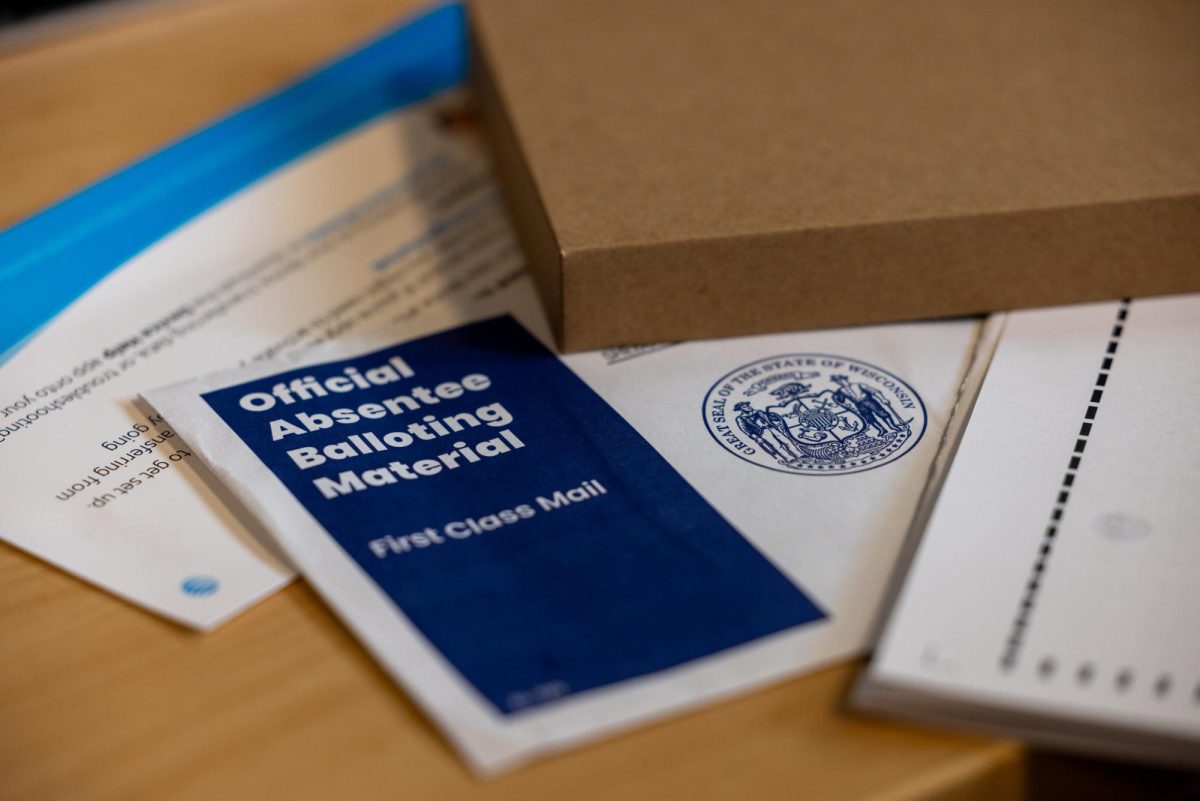Republican Governor George Pataki of New York announced last week in his budget address that private colleges will now be able to compete with public institutions for public funding for special projects.
This action was taken in response to advocating from private-college officials across the state that claim institutions’ students and graduates help the state’s economy and community. The New York Commission on Independent Colleges and Universities states that one out of three students in private colleges comes to form a family with an average annual income of under $40,000.
Governor Pataki’s budget would set aside $350-million in state funds over five years for a new program called “21st Century Higher Education Facilities Capital Matching Grants.” Public and private universities in the state will be allowed to compete for the money that will be used for special campus projects that are seen as important for college facilities or that are related to economic development, technology, historical preservation or urban renewal. After the college applies, a board made up of people chosen by the governor and state lawmakers would decide how to distribute the money.
These special funds are part of what Pataki is using from this year’s $99.8 billion proposed budget for New York this year, an increase of 10 percent over last year and 7.5 percent more than the budget that legislative leaders thought they enacted.
Governor Pataki included in his budget funding that would go to the two public university systems in New York, State University and City Universities of New York. Over the next five years, SUNY would receive $1.8 billion and CUNY would receive $1.1 billion. Pataki proposed that he would maintain tuition at current levels at CUNY and SUNY in the 2004-’05 school year. He also proposed to increase general funds for SUNY by $75.4 million, and provide an increase of $28.5 million for CUNY.
In response to opposition, budget office spokesperson Cheri Burnam believes the action is fair in that it requires colleges to match the public funds 3 to 1.
Only Maryland and New Jersey have public funds for private colleges this year, and the subject is not a large issue in other states.
“It’s not on the radar in Wisconsin,” University of Wisconsin Director of Communications John Lucas said.
A similar situation in Wisconsin is awarding state-funded grants to Wisconsin residents who want to go to a private college in state. This encourages students who qualify the opportunity to attend the best schools in the state.
UW professor of Educational Administration Jacob O. Stampen sees a different climate in the Midwest and northeast that is responsible for New York’s attention to public-college welfare. Northeastern private colleges generate about $40.2 billion each year in economic activity for the state.
“In New York, the private colleges are some of the best in the nation,” Stampen said.
Stampen added that while this is an important issue in the northeast, it doesn’t fit with Wisconsin politics.
“It isn’t even talked about in the Midwest,” Stampen said.







